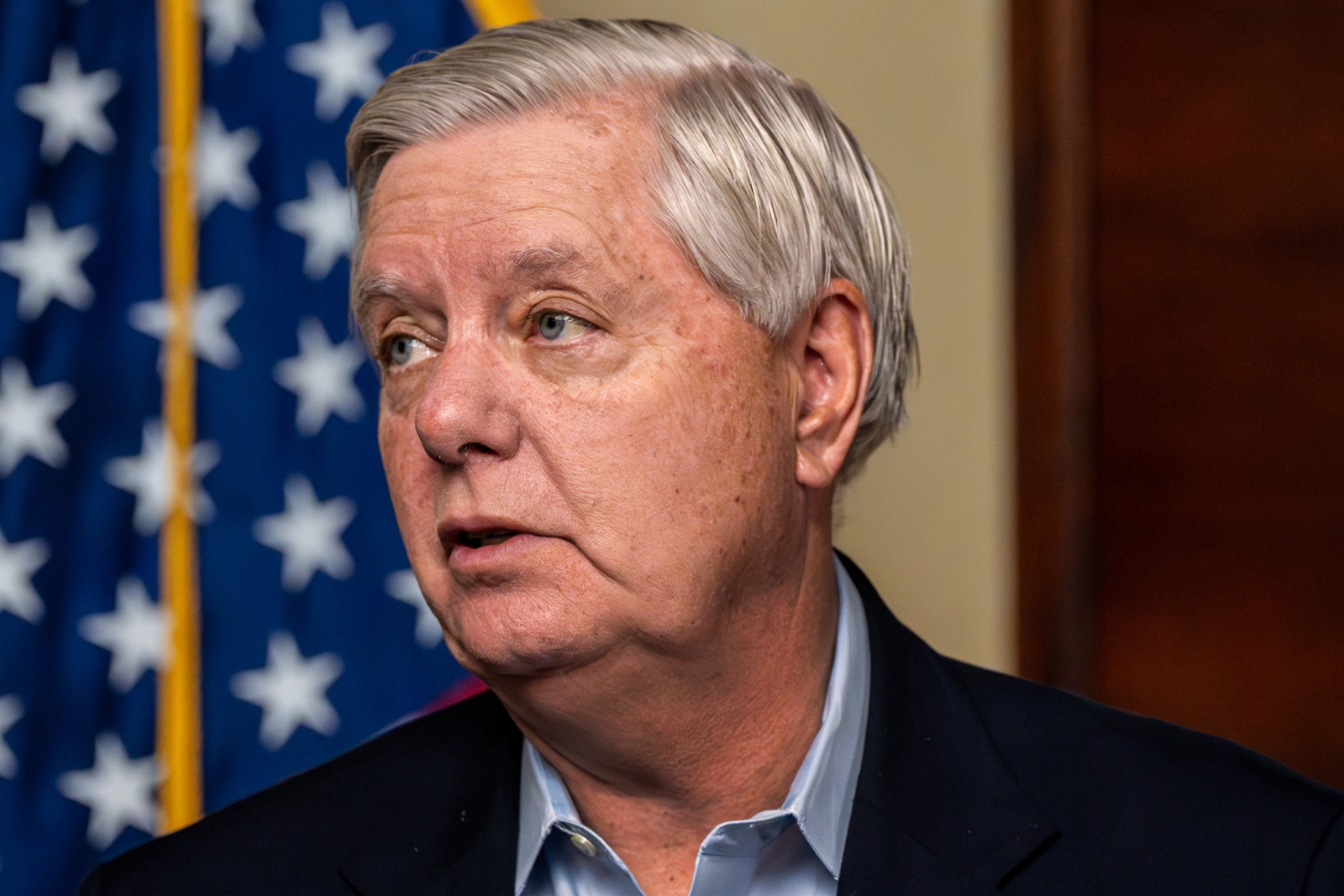
Lindsey Graham’s Contrarian Gamble With U.S. Power
Senator Lindsey Graham has long worn his hawkish credentials like a red MAGA hat. But in recent years, his zeal for military muscle and sweeping sanctions has increasingly placed him at odds with the more transactional instincts of President Donald Trump. While Trump has sought to reduce America’s military footprint and pursue direct engagement with adversaries, Graham has doubled down on a foreign policy rooted in confrontation, raising questions about the broader consequences of his approach—and the motivations behind it.
During Trump’s first term and now his second, there were notable, if uneven, efforts to recalibrate U.S. foreign relations through negotiation and strategic restraint. Graham, however, remained a vocal outlier, championing punitive sanctions and saber-rattling measures—particularly against Russia and China—even as diplomatic overtures were underway.
One of the most striking examples of this divergence was Graham’s push for legislation imposing sweeping secondary sanctions on nations trading in Russian energy. Among the proposals: tariffs as high as 500% on Russian oil imports. Critics argue that these initiatives not only risk derailing delicate peace efforts—particularly around the war in Ukraine—but also provide rhetorical fodder for Russian officials eager to paint the U.S. as belligerent and unyielding.
India, a pivotal partner in Washington’s Indo-Pacific strategy, has also found itself in Graham’s crosshairs. As one of the largest importers of Russian oil, India became a target of the senator’s pressure campaign. Though Indian officials engaged in high-level talks with Graham in an effort to soften tensions, his public remark branding India as “the worst” over tariffs introduced a new chill into the relationship—one that could threaten vital trade and strategic cooperation.
Graham’s approach to China follows a similar script, marked by unrelenting criticism and an appetite for preemptive escalation. He has accused Beijing of systematic economic misconduct and repeatedly called for severe sanctions, especially around Taiwan. Advocating what he dubbed “pre-invasion sanctions from hell,” along with major defense allocations to counter Chinese influence, Graham has hardened Washington’s posture toward Beijing, often complicating sensitive diplomatic efforts.
These foreign policy positions are not just rhetorical. A review of Graham’s political support shows deep ties to major American defense contractors. Lockheed Martin, Raytheon, and General Dynamics are among the top donors to his campaigns. And while Graham does not directly own stock in these firms, he holds mutual funds likely containing significant defense-sector holdings—raising concerns over potential conflicts of interest.
The alignment between Graham’s legislative priorities and the defense industry’s financial interests is difficult to ignore. His consistent calls for increased military spending—and his opposition to scaled-back engagement—contribute to a climate of heightened global tension that benefits defense contractors, even as it undercuts broader diplomatic goals.
In essence, Graham’s foreign policy agenda appears to run parallel to, and often perpendicular from, Trump’s transactional foreign policy. His aggressive posture, built on sanctions and military buildup, has complicated U.S. efforts to forge pragmatic relationships with key powers like India and China. At a moment when the U.S. faces an increasingly volatile global order, the question is no longer whether Graham’s hawkish stance is ideologically consistent—it is whether it serves America’s strategic interests, or simply entrenches a foreign policy driven by domestic alliances and defense industry calculus.
